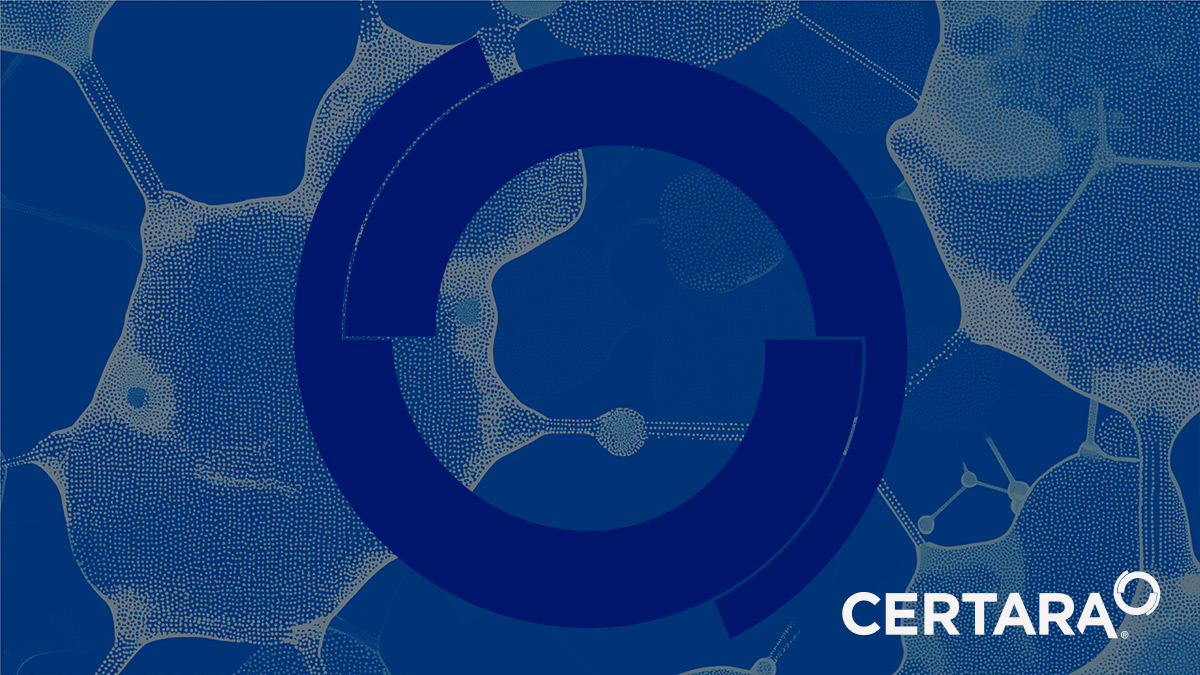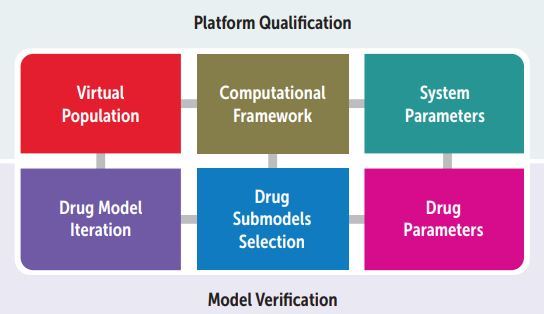- Solutions
- Software
- Featured software:
- Software by solutionRegulatory Discovery Preclinical Early Clinical Late Clinical Market Access & Commercial View software
- Services
- Services by solutionRegulatory Discovery Preclinical Early Clinical Late Clinical Market Access & Commercial View services
- Customers
- Resources
- Featured resources:
- Resources by solutionRegulatory Discovery Preclinical Early Clinical Late Clinical Market Access & Commercial View all resources
- Company
search
Tag
Certara Products – Simcyp
PBPK’s Pivotal Role in Modern Drug Development: Busting Common Myths and Misconceptions

This white paper addresses common PBPK myths and misconceptions and demonstrates how this approach is…
CertaraFebruary 4, 2019
Newsletter sign up
Why sign up? Because transforming drug development is not just our goal—it’s our obsession. If it’s yours too, then be the first to know of new insights and join us in pushing the boundaries of science.




